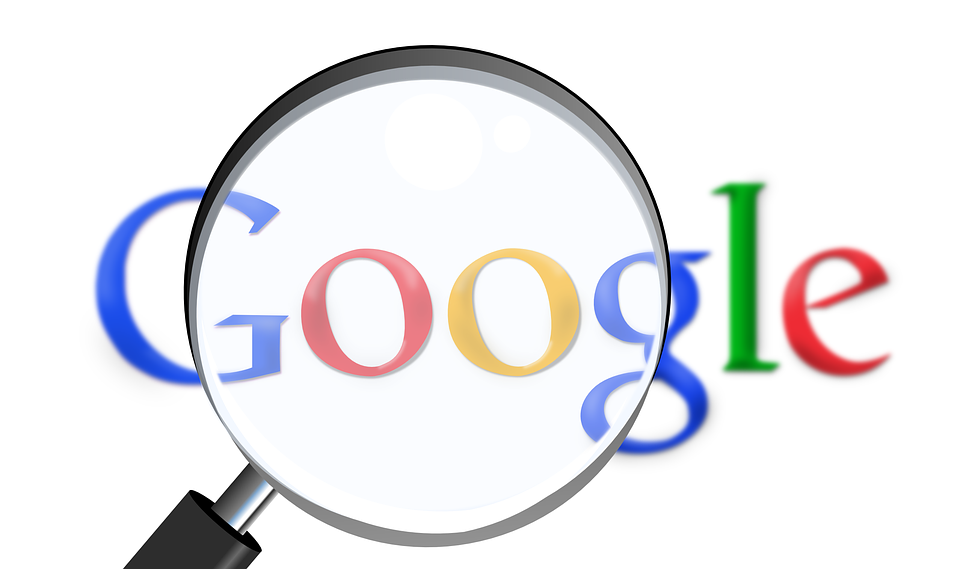Pull out the party hats and streamers. Google just passed an important milestone this September as it turned the big 2-0. Now with two decades under its belt, the Alphabet Company has come a long way since its humble beginnings at Stanford University. What started as a new way to organize the Internet has become a multinational media corporation involved in robotics, gadgets, and more. Let’s take a deep dive into its 20-year history to see how the company has changed — and stayed the same.
Stanford: where it all started
The year was 1996 when Larry Page and Sergey Brin met on the Stanford University campus. Together, they created a project called Backrub, which aimed to catalogue the various backlinks connecting webpages. At the time, the only way to see where one webpage linked to another was by physically checking the link on every page. Not only was this a tedious task, but it was also impossible when faced with the entirety of the Internet.

Through Backrub, the PageRankalgorithm behind modern-day Google was born. It’s still used today to rank websites according to their authority or trustworthiness. Though not entirely foolproof, it effectively highlights sites with more backlinks as more authoritative than those with less. For example, the BBC homepage has more backlinks than a website like cat-bounce.com. And yes, that is a real website.
Eventually, Backrub turned into Google — a play on the word googol. Googol is the number 1 followed by 100 zeroes, an incomprehensible figure to most human minds that represents Backrub’s ability to aggregate mass amounts of data. By 1997, Google.com was registered and within a year it incorporated.
Google dominates the searchengine world — and beyond
Remember a time when you would Ask Jeeves? Or type your query into Excite or Altavista? Maybe you can recall the annoying Yahoo commercials that involved a yodelling jingle. Besides acting as a nostalgic walk down memory lane, these examples of failed search engines prove how Google hijacked the search engine scene. It’s so popular its name has become a verb describing the act of searching online. You Google the business hours of your closest bank branch, and you Google how to make a taco casserole. You’ve probably even Googled yourself.

The next decade in Google’s history saw the corporation increase its portfolio to include things like Google News, YouTube, Google Books, and Google Maps. It’s been a juggernaut within the online world as it attempts to cache all the information on the Internet. It also proved to be a juggernaut in the real world as it entered the race for hardware.
Hardware: Google phones, Chromebooks, and more
By 2010, Google threw its hat into the ring of phones with its Nexus brand. The Nexus line ran for the next six years with a variety of models until it was replaced by the Pixel. Now on its third generation, the Pixel 3 and Pixel 3 XL represent the height of smartphone technology, rivalling processing powers, camera capabilities, and ease of use with other high-end flagships like Samsung’s S9 and Apple’s iPhone XS Max.

Though inside the Pixel 3 XL is the peak of smartphone performance, it arrives at a time of smartphone parity. In other words, their outer packages of these models are starting to gravitate towards using the same design vocabulary, leaving people with few opportunities to customize their tech.
Luckily, companies like dbrand have evolved alongside Google, using their blueprints to create Pixel 3 skins that match the handset down to the micro-millimeter. These skins for the brand new Pixel 3 not only fit impeccably over the latest Google phone, but they also give people the freedom of creative expression with textures like black matrix, mahogany, and carbon fiber Pixel skins.
A few years after the Nexus brand launched, Google introduced the first Chromebook in 2011. It continues to be a popular line of computers that run Google’s own Chrome OS. Most recently, it partnered with Acer to come out with one of the top-rated laptops on the market.
It also developed Google Home, a new digital residence for its AI, Google Assistant. As a rival of both Amazon Echo and Apple HomePod, it mirrors these gadgets as a small device placed inside the owner’s home. It too answers voice queries (providing information generated from the Google search engine), plays music, provides personal information stored on apps, and interacts with third-party smart dongles and smart appliances (giving homeowners hands-off control over light switches and thermostats).

Of course, this was just a small snapshot of Google’s 20-year lifespan. Its past includes web-based investments, lawsuits, services, and products too numerable to account outside of a boring Wikipedia entry. As for the future, Google’s potential seemingly knows no bounds. It’s interested in city-building, setting its sights on Toronto to create the first neighborhood built “from the Internet up”. It’s involved in space exploration, self-driving cars, and robotics.
With its fingers in a lot of pies, the next 20 years promise significant innovation and change from the Alphabet Company. But in September, it brought it all back to the beginning with its Future of Search event. Google hosted the small press event to share what it hopes to change with the way people interact with its search engine. For a full outline of what they discussed, check in with Tech Crunch’s guideline to the keynote.
Or, just keep your eyes to the Google homepage. Considering 1.17 billion people use Google Search at last count, most people navigate the Internet through Google. There’s a huge change you found this page after Googling something. When you interact with the search engine on a daily basis, you’ll eventually notice these changes incorporated into your online experience as you Google the next burning question. Wherever the next 20 years takes Google, the company will forever be tied with its roots, which is an AI-based curation of the Internet.

